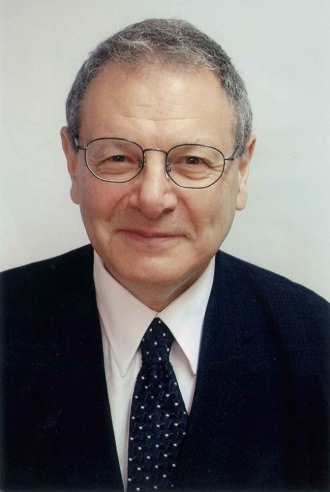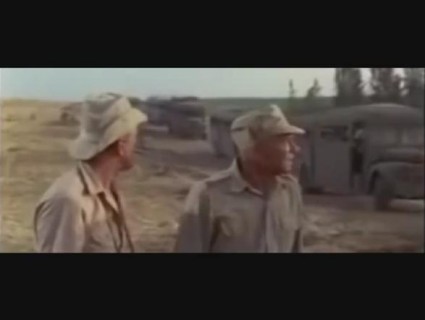Day 57
The Beginnings of Zionism
Dedicated and with thanks, to those whose devotion and sacrifice has given the Jewish people their homeland. Gaby and Howard, Lucy and Joshua Morris.
CLICK HERE TO BUY THE BOOK

Sir Martin Gilbert
Sir Martin Gilbert is Winston Churchill’s official biographer, and
a leading historian of the Holocaust and of Israel. He is the author
of 88 books. He is an Honorary Fellow of Merton College, Oxford.





